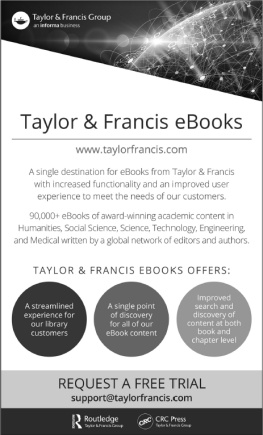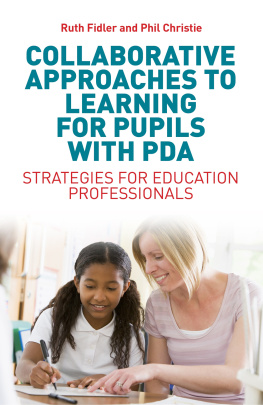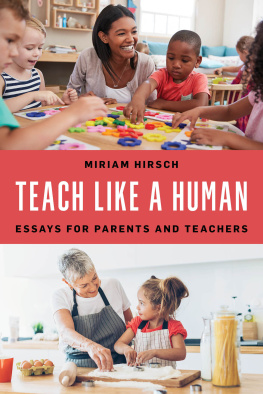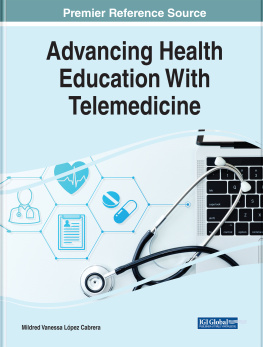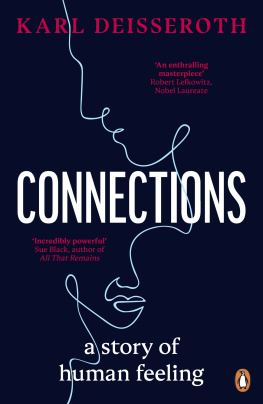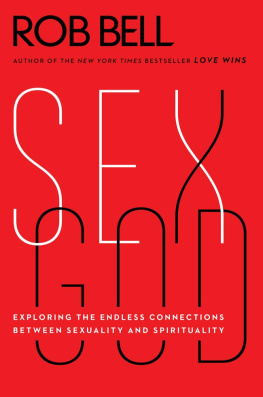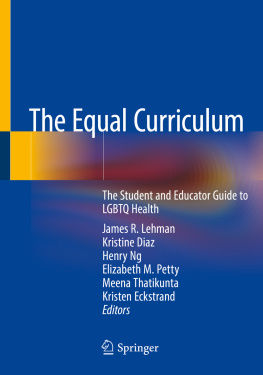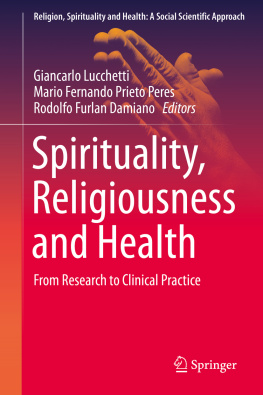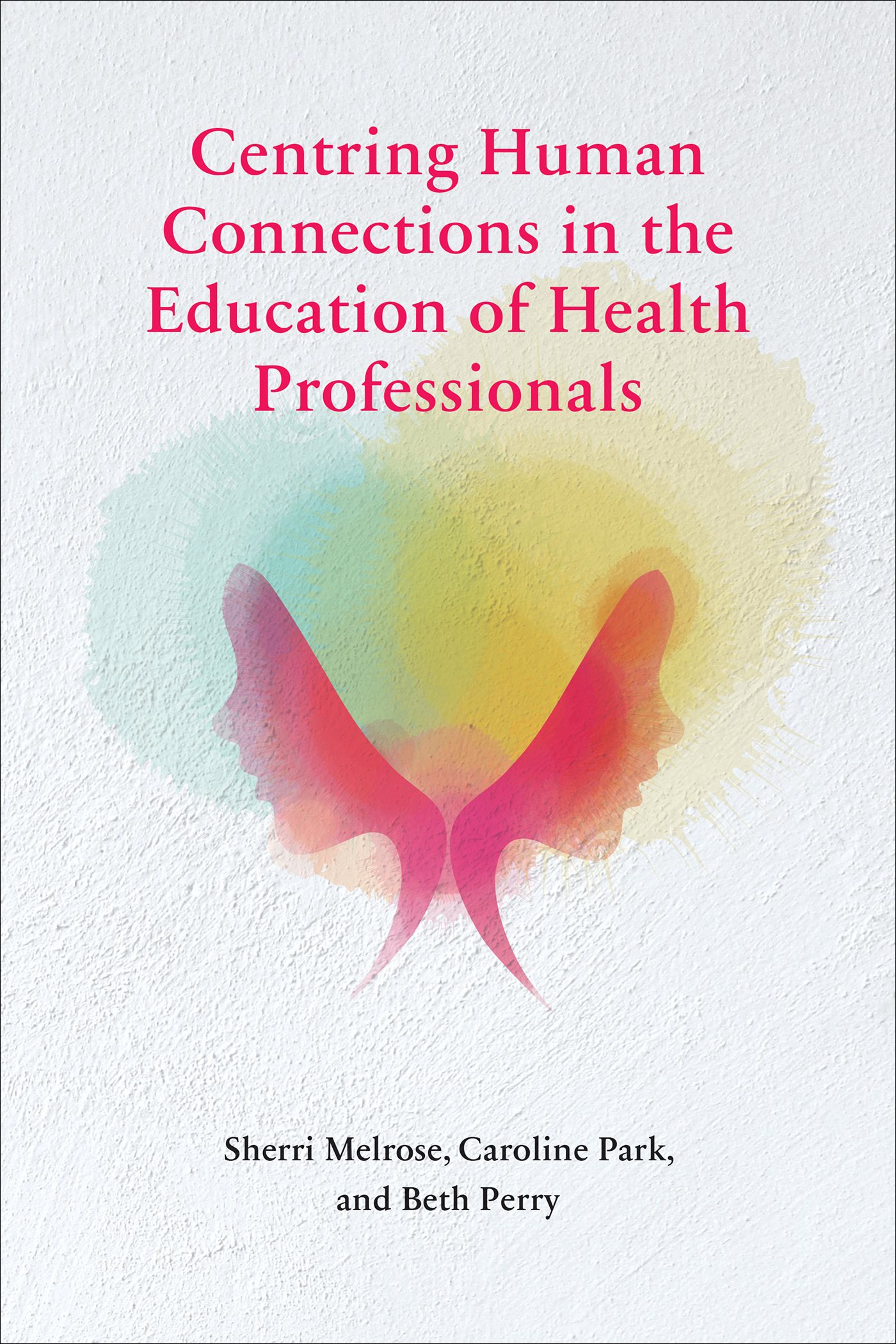Contents
Guide
Centring Human Connections in the Education of Health Professionals
Centring Human Connections in the Education of Health Professionals
Sherri Melrose, Caroline Park, and Beth Perry

Copyright 2020 Sherri Melrose, Caroline Park, and Beth Perry
Published by AU Press, Athabasca University
1200, 10011 109 Street, Edmonton, AB T5J 3S8
Cover image Kittikorn Ph. / Adobe Stock
Cover and book design by Sergiy Kozakov
Printed and bound in Canada
Library and Archives Canada Cataloguing in Publication
Centring human connections in the education of health professionals / Sherri Melrose, Caroline Park, and Beth Perry.
Melrose, Sherri, 1951- author. | Park, Caroline, 1948- author. | Perry, Beth, 1957- author.
Includes bibliographical references.
Canadiana (print) 20200310089 | Canadiana (ebook) 20200310240
ISBN 9781771992855 (softcover) | ISBN 9781771992862 (PDF)
ISBN 9781771992879 (HTML) | ISBN 9781771992886 (Kindle)
LCSH: MedicineStudy and teaching. | LCSH: Teacher-student relationships.
LCC R834 .M44 2020 | DDC 610.71dc23
We acknowledge the financial support of the Government of Canada through the Canada Book Fund (CBF) for our publishing activities and the assistance provided by the Government of Alberta through the Alberta Media Fund.

Please contact AU Press, Athabasca University at aupress@athabascau.ca for permissions and copyright information.
To health-care providers the world over who make a special effort to remember that each and every patient is a human being.
I think if I had to put a finger on what I consider a good education, a good radical education, it wouldnt be anything about methods or techniques. It would be loving people first.
Myles Horton, We Make the Road by Walking:
Conversation on Education and Social Change
Contents
Foreword
Rarely do we read a book written by educators and researchers that does not exude a technology-first mindset. Even rarer is a book that engages us in essential human connectivity by regularly inviting us to adopt strategies to engage and test the ideas presented through personalized examples. This is a rare book. It has a clear focus on the context of education for health professionals, yet it speaks to the essential humanness of all our interactions. So, what is essentially human? As we read chapters on culture, personalization, relationships, and the often intentionally or inadvertently hidden facets of ourselves, we get an idea of the essential human qualities and behaviours that can both support and impede teaching and learning.
This text is a scholarly work. You will find all of the claims properly referenced. You will find mention of key research ideas and authors (think Freire, Maslow, Bloom, Bandura, and others) that will be familiar to scholars of education but exciting finds to those entering scholarly study. I was pleased (and flattered of course) to see the focus on our community of inquiry (CoI) model. The CoI has been criticized for giving short shrift to the affective components of teaching and learning. This work goes a long way toward addressing that concern by showing that both social presence and cognitive presence are always mediatedand not just by technology but also by the cultural, linguistic, and affective elements of all teaching and learning contexts.
The text is also a practical work. It leverages years of the authors scholarly research with their own experiences as long-time classroom, clinical, and online teachersand learners! Beyond the obvious capacity to try some of the suggestions with ones own students, the reader is encouraged to test the strategies to try while reading. The text also provides a strong and compelling case for a variety of teacher-led interventions and learning activities that the authors have tested and refined in their own teaching.
Online education is becoming common in technology-infused classrooms, and it has often been researched and celebrated with a focus on the technical, the media, and the learning outcomes. Too often the essential humanness of the participants and activities is cloaked by the technical aspects. This book turns it all around and shows (in both theoretical and practical language) how our essential humanness affords and defines the capacity to teach and learn. With this insight, we can design and test learning activities and learning outcomes without forcing learners to park critical parts of themselves outside the technical door to learning.
This capacity to humanize is explicitly developed when confronting the curriculumthe explicit, the informal, and the hidden. The authors unpack the many influences (professional health organizations, university governance models, expectations of faculty and students) that contribute to the complex set of content and learning activities that define health education today.
Education in health careas in other professionsevolved in the context of face-to-face interactions in training schools, universities, and health-care institutions. Now, however, professional health organizations have been hit by a tsunami of possibilities and challenges from a host of online informational, educational, and lifelong learning and networking possibilities. This is perhaps the most practical message of the book since it opens the door to real-world practice, experience, and learning by the authors as experienced teachers. There are many ways that these new tools could be used, and the book offers a great opportunity to learn from those who have been successfully teaching and actively experimenting with mediated forms of health education for years.
The final chapter is perhaps the most important. Most of us regularly think wow, there is so much I could be doing, but where do I get the time and the motivation? Im not a robot. Melrose, Park, and Perry do not totally resolve this challenge, but they point toward the use of humour and valuing the explicit humanness in our students, our colleagues, and most importantly ourselves. Educators, since the first use of slate boards, have been repurposing technologies to ensure that human values are celebrated and enhanced through their use. Melrose, Park, and Perry invite us to build and strengthen, and show us how to do so, our essential human connections within and beyond mediated learning.
Terry Anderson
Edmonton, Alberta, Canada
Centring Human Connections in the Education of Health Professionals
1
Celebrating Human Connections in Teaching
A human connection is the energy that exists between people when they feel seen, heard, and valued; when they can give and receive without judgment; and when they derive sustenance and strength from the relationship.
Bren Brown (2010, p. 5)
The environments in which health professionals gain knowledge, skills, and attitudes that they need in their practice can be dominated by technology and mechanized procedure-oriented approaches. Health professionals achieve the competencies required by their discipline in clinical, classroom, and online settings. Health professional learners include pre-service students enrolled in higher education programs and in-service practitioners participating in graduate studies or continuing education activities. Students and practitioners in all health disciplines are expected to become, and remain, self-directed lifelong learners. Whether learners are registered in formal health profession programs or simply seek information on current best practices, they must reach out and engage with informed others and relevant resources as part of their learning.


